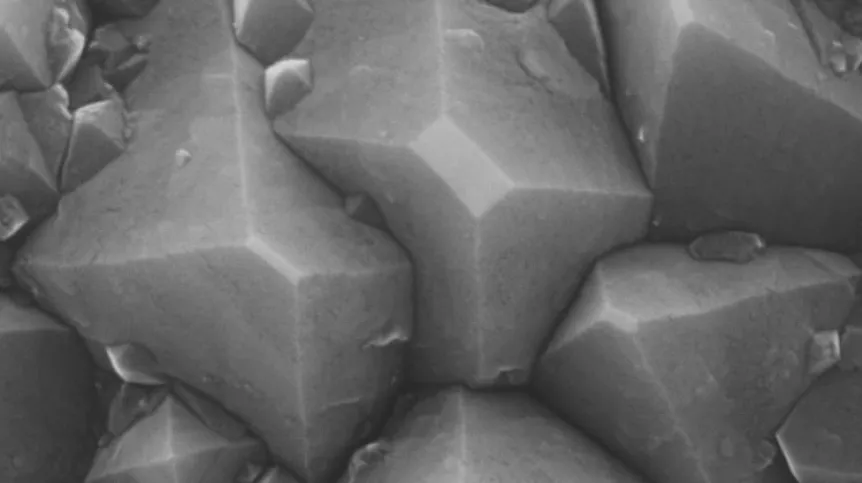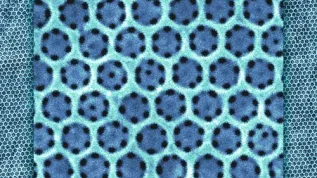
Four Polish research units will work on improving the technology for using nanodiamonds for medical diagnostics and electronics, reports the Foundation for Polish Science, which will finance the research project as part of the TEAM-NET programme.
The leader of the consortium is the Faculty of Physics of the University of Warsaw, and the awarded grant amount exceeds PLN 18.5 million.
Nanodiamonds are tiny diamond crystals with a diameter of several dozen nanometers (a millionth of a millimetre); they are smaller than viruses. The unique properties of these relatively new materials are the subject of intensive research in the world`s leading centres in terms of their use in oncology (both for the treatment of cancers and their effective diagnosis), as carriers of genes and as markers in precise magnetic resonance imaging.
Nanodiamond technologies can therefore be used in both basic research and, soon, in the work of physicians to improve the quality and speed of precise medical diagnosis.
"In our consortium, we will develop the latter application of nanodiamonds" - says Prof. Ryszard Buczyński from the Faculty of Physics at the University of Warsaw, quoted in the Foundation for Polish Science press release. "One of our teams, which will be formed at the Institute of Biotechnology and Molecular Medicine (IBMM) in Gdańsk under the supervision of Dr. Paweł Schweiger and Dr. Dawid Nidzworski, will work on new supersensitive diagnostic methods that will enable quick diagnosis of neurodegenerative and neoplastic diseases. Nanodiamonds will be used for nano-labelling various substances and studying biological activity using magnetic resonance" - he explains.
Nanodiamonds with so-called colour centres have enormous research and application potential. Colour centres are natural or artificially created defects of the crystal structure of the diamond, capable of absorbing and emitting light at room temperature.
"Nanocrystals with colour centres can be used as extremely accurate magnetic, electric, temperature and pressure sensors. This topic will be developed based on the latest quantum physics achievements by a new research team that will be formed at the Faculty of Physics, Astronomy and Applied Computer Science of the Jagiellonian University and led by Prof. Wojciech Gawlik" - reveals Prof. Buczyński.
Production of nanodiamonds plays a key role in the whole project. Until now, it was very difficult to obtain good quality, geometrically repeatable nanodiamonds with controlled properties. The TEAM-NET project will also develop a new method of nanodiamond production, developed by the group of Prof. Robert Bogdanowicz from the Gdańsk University of Technology. It is a technology of synthesizing and chemical modification of diamond nanoparticles into so-called diamond origami, with designed geometrical parameters, electrical and optical properties.
All research work related to the improvement of production methods and the use of nanodiamonds in magnetometry, optics and biomedicine will be carried out by an interdisciplinary consortium, whose members are: the Faculty of Physics of the University of Warsaw, the Faculty of Physics, Astronomy and Applied Computer Science of the Jagiellonian University, the Faculty of Electronics, Telecommunications and Informatics of the Gdańsk University of Technology and the Institute of Biotechnology and Molecular Medicine. As part of the project, four new research groups will be established and a technological platform for the production of nanodiamonds will be launched. It will provide access to these nanomaterials to many scientists in Poland and abroad.
PAP - Science in Poland
kflo/ ekr/ kap/
tr. RL













